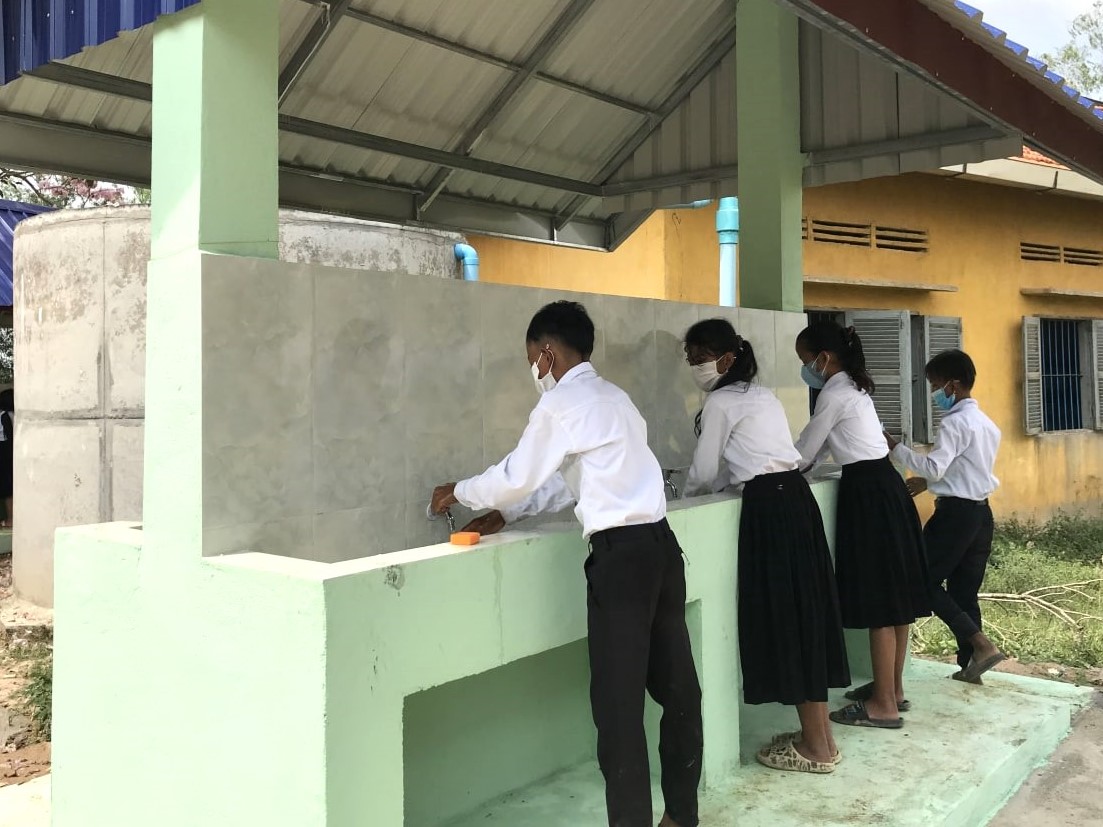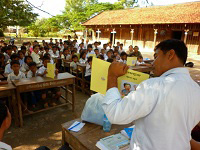Health education
|
JHP has been working to promote health education in schools to raise awareness of health and hygiene among local teachers and children. For example, schools built by JHP can be conducted hygiene guidance about keeping school clean, the way of using restroom, and the importance of hand washing. Cambodian schools which can access the clean water are only 50%, and have facility of restroom stay about 70% in 2017. In particular, schools in rural area seem to lack of those facilities. As these data shows, it is necessary to improve hygiene environments to support the learning of children. Restroom built by JHP has Barrier-Free Designs which ramps and handrails are installed with consideration for children handicapped by landmines and illnesses, and some of them are spacious enough to accommodate wheelchairs in private rooms. 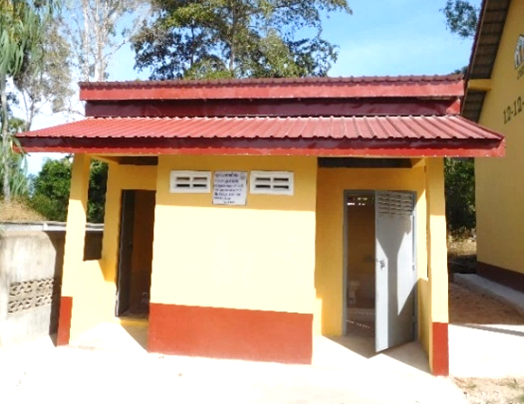
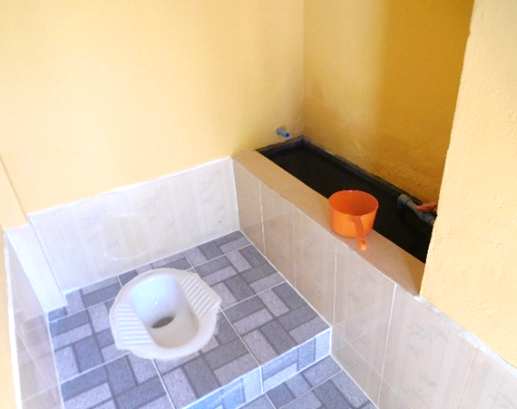 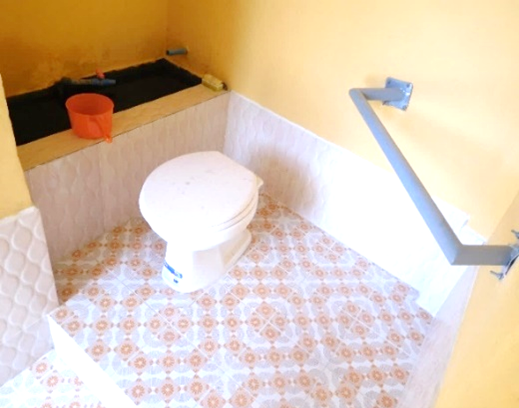
Wells are dug at different depths and made in different ways depending on the region. We also use testing paper to check for the presence of E. coli and arsenic in the water that comes out of the wells. In addition, water quality is tested by a laboratory and the presence of E. coli or arsenic is reported to the school. JHP's school construction even includes the construction of wells and latrines. Over the past 24 years, we have provided more than 250 latrines (over 1,080 rooms), wells (about 130 wells), and other water tanks. Hygiene education does not spread simply by building restrooms and wells. Therefore, in 1999, JHP created the "Hygiene Education Book" and has distributed 10,000 copies so far, mainly to schools that have been constructed. This book explains the points that a boy should pay attention to hygiene from the time he wakes up in the morning to the time he goes to school, using text and illustrations that even younger children can understand. Recently, more and more schools are installing trash cans and thorough cleaning. |
